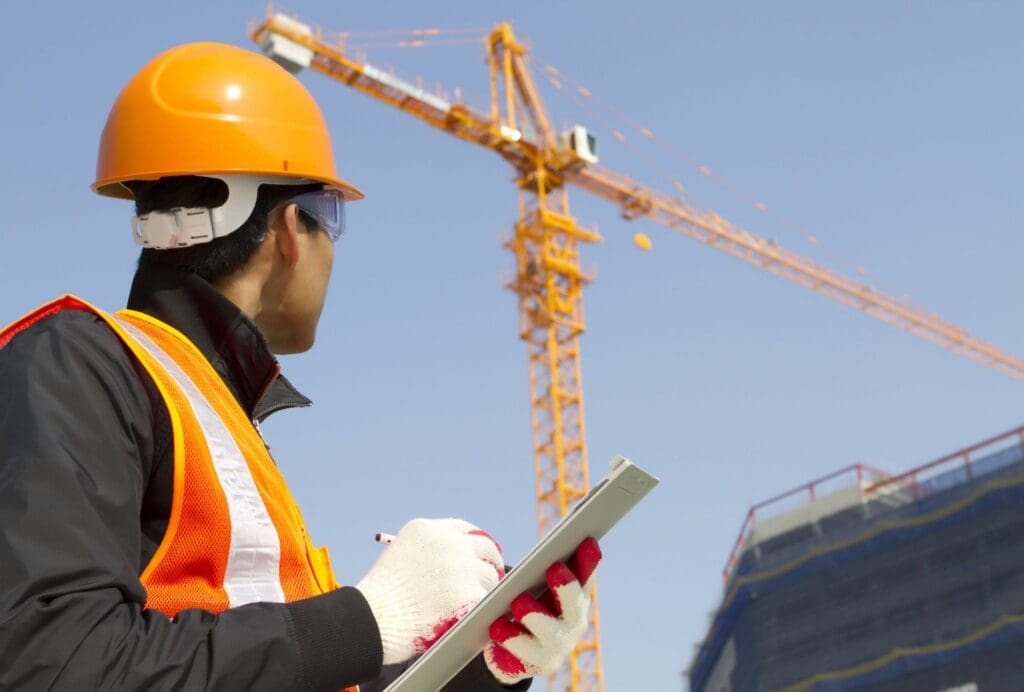Why Is Regular Crane Safety Inspection So Important?
Cranes are a vital part of construction sites, and ensuring a crane is ready to tackle the job is an important skill. Conducting crane inspections keeps the job running efficiently and ensures the safety of every person working on the site.
The Importance of Cranes
Cranes are commonly found on construction sites due to their versatility and dependability. These heavy machines can reach heights of 230 feet and lift materials up to 18 metric tons, making them valuable machines for crews. Their ability to carry loads help make construction possible.
Crane Types
Cranes come in a few varieties to tackle various jobs.
1. Boom Cranes
Boom cranes have 360-degree mobility, which makes them incredibly useful on job sites. Boom cranes come in three varieties.
- Lattice Boom Crawler
The lattice design decreases the weight of the machine but still allows it to support heavy loads.
- Jib Cranes
The job crane has limited motion compared to other boom cranes, which makes it better for jobs requiring lots of lifting and loading.
2. Automotive Mobile Cranes
The automotive mobile crane is attached to the base of a wide truck, giving it increased stability.
3. Overhead Cranes
Overhead cranes do not have as much mobility as boom cranes and use a pulley system to grab onto heavy loads and move them from one place to another.
Crawler Crane Inspection Checklist
OSHA guidelines map out a crawler crane inspection checklist that can be used to ensure safety and efficiency on a worksite. This crawler crane inspection checklist should be conducted before the crane is used on a job.
Pre-Inspection
Before even beginning the crane inspection, previous inspection and maintenance records should be made available, as well as the operator’s qualifications.
Walkaround Inspection
In the initial inspection, a walkaround is conducted. Check for stability as well as any objects that may prohibit movement. The structural integrity of the crane and the leveling are also checked here. All pieces used in lifting, swinging, or lowering the boom should be inspected.
Inspect the Cab
The cab should be checked for properly marked controls and load charts, as well as working instruments.
Inspect the Crane
The following pieces should be inspected:
- Wire rope
- Sheaves
- Drums
- The boom
- The running line
- The jib
- Brakes
- Locking mechanisms
- Lacing
- Hooks
- Tires
- Lights
In addition to checking if they work properly, they should also be inspected for any damage.
Safety Training
The purpose of inspecting crawler cranes is to ensure safety on the job site. Inspections should be conducted daily at the start of each shift. There are more in-depth inspections that can be conducted monthly and annually to ensure the efficiency of the crane. Receiving proper safety training is crucial to a safe working environment.
Load Up For Your Future at HEC
When you enroll in HEC you will learn the skills and techniques to be a safe and effective heavy equipment operator. Students learn about the fundamentals of crane operation and crane safety. HEC programs provide students with a solid foundation, and knowledge they will take with them into their careers.
A career in heavy equipment operation begins at HEC. Begin the enrollment process online or by calling (888) 414-0285.

